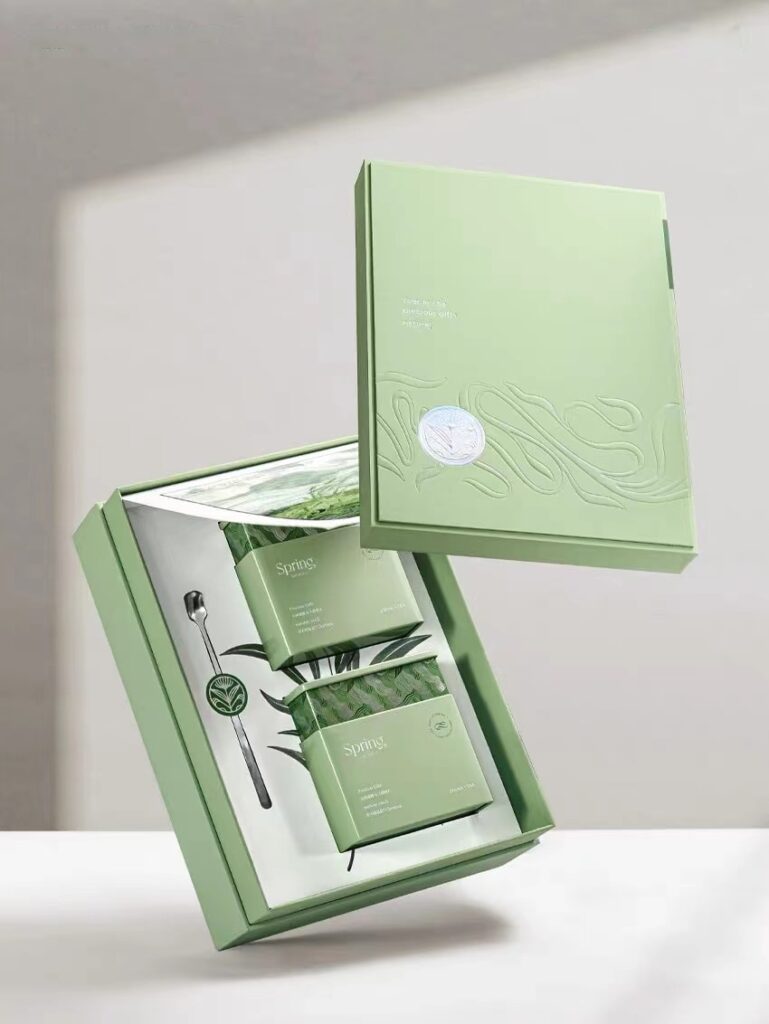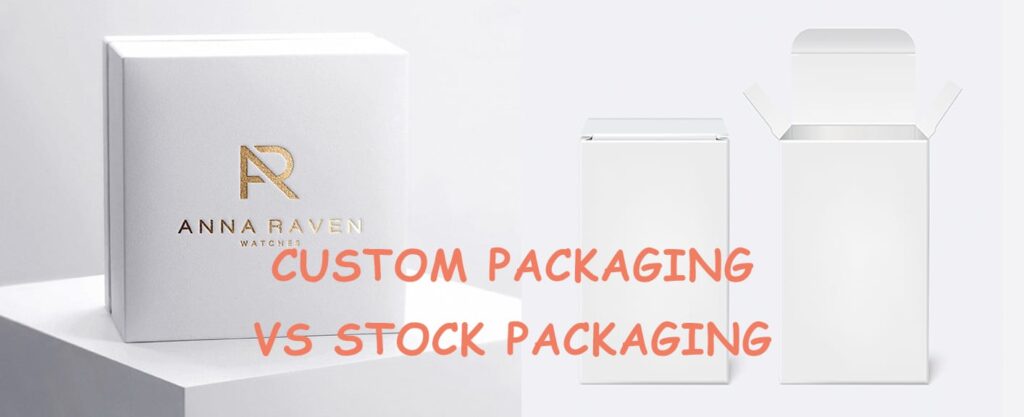When it comes to product packaging, the decision between custom-made and stock options is pivotal. This choice influences branding, cost, and the consumer experience. This guide delves into the intricacies of both, providing insights to help brands make informed packaging decisions.
What is Custom-Made Packaging?
Custom-made packaging, as the name suggests, is designed and manufactured specifically to meet the unique requirements of a particular product or brand. Unlike off-the-shelf solutions, it offers an unparalleled level of customization in terms of size, shape, material, print, and additional features.
Key Features of Custom-Made Packaging
- Tailored Fit: Ensures that the product fits snugly, eliminating wasted space or the need for excessive filler material.
- Branding Opportunity: Provides a canvas for impactful brand messaging, logos, and designs that resonate with the target audience.
- Unique Unboxing Experience: Customized inserts, specialty finishes, and other add-ons enhance the customer’s interaction with the product.
- Diverse Material Options: Brands can choose from a range of materials to align with their sustainability goals or desired aesthetics.

Disadvantages:
- Cost Implications: Custom packaging requires a significant investment due to the design, prototyping, and special tooling needed, often making it a more expensive option upfront.
- Time-Consuming: The process from design to approval can be lengthy, requiring a longer lead time.
- Higher MOQs: The minimum startup cost, including a minimum volume requirement, could pose a challenge for smaller orders.
What is Stock Packaging?
Stock packaging consists of pre-made packages that come in standard sizes and shapes. These are readily available and are often used by businesses looking for quick, cost-effective solutions without the need for any customization.
Key Features of Stock Packaging
- Quick Turnaround: Ideal for businesses with tight timelines as these boxes are pre-made and ready to ship.
- Cost-Effective: It’s a viable strategy for those who find custom packaging to be too much of an investment, particularly when buying in small quantities.
- Limited Customization: Some stock packages allow for basic branding, like labels or stickers, but lack the full customization potential of bespoke packaging.
- Standardized Sizes: While this can be a limitation for some products, it can also be an advantage for common product dimensions.

Disadvantages:
- Lack of Distinctiveness: Limited opportunities for unique branding.
- Potential Misfit: May not perfectly fit all products, leading to possible damage or the need for added fillers.
- Limited Customization: The scope of personalization remains restricted compared to custom packaging.
Typical Use Cases for Stock Packaging:
Stock packaging finds its niche in temporary or timely packaging needs centered on small volumes. It’s suitable for test marketing situations, production shortages, trade show samples, subscription boxes, and online store shipping boxes.
Choosing the Right Packaging: Factors to Consider
Whether leaning towards custom-made or stock packaging, your choice should reflect the brand’s goals, product specifications, and target audience preferences. Here are some key factors that brands should consider when making this pivotal decision:
- Product Specifications: The size, shape, and fragility of the product can heavily influence the packaging choice. For unique dimensions or delicate items, custom packaging may offer a better protective solution.
- Budget: While custom packaging can provide a unique unboxing experience and superior branding, it often comes with a higher price tag. Stock packaging, with its standard sizes and designs, is usually more budget-friendly, especially for startups or smaller runs.
- Branding & Marketing Needs: If differentiation in a crowded market is a top priority, custom packaging can offer that edge. The bespoke design provides an opportunity to echo the brand’s story, ethos, and identity, resonating with the target audience.
- Order Volume: High-volume orders might offset the cost of custom designs, while smaller quantities might benefit from stock packaging. Always consider the minimum order quantity (MOQ) stipulated by manufacturers.
- Sustainability Goals: Environmental consciousness is more than just a trend; it’s a responsibility. Brands aiming for a green footprint might opt for custom packaging using sustainable materials. Stock packaging, on the other hand, might offer limited eco-friendly choices.
- Lead Time: If you’re working against the clock, stock packaging, being readily available, can save the day. Custom designs, with the involved processes of design approvals and prototyping, might extend lead times.
- Consumer Expectations: The modern consumer values experiences. A unique unboxing can enhance brand perception and customer loyalty. Understand your audience’s preferences and expectations before deciding.
- Future Scalability: Consider the brand’s future plans. If scaling up or introducing new product variations is on the horizon, flexible custom packaging might be more advantageous.
- Regulations & Standards: Depending on the product and region, there might be specific packaging regulations to adhere to. Custom designs can be tailored to meet these standards, ensuring compliance.
Conclusion & Final Thoughts
Choosing between custom-made and stock packaging goes beyond aesthetics—it’s about aligning with brand objectives, budget constraints, and market dynamics. Custom packaging shines in uniqueness and branding, while stock packaging offers quick, cost-effective solutions. In this ever-evolving industry, an informed decision, backed by expert insights, can make all the difference.
Ready to make an informed packaging decision tailored to your brand? Connect with our packaging specialists today and let’s craft a packaging strategy that resonates.

